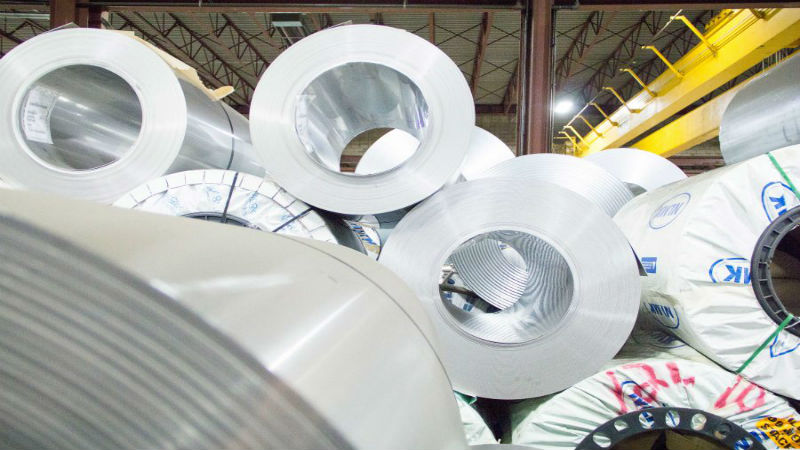When it comes to welding, you have several methods in which to choose. Some are best suited for certain metal types while others are better for different metal thicknesses. Three of your choices include MIG welding, TIG, and stick methods. Many companies in Cleveland choose MIG methods, so let’s see how MIG stacks up against the other two.
How MIG Works
Metal inert gas welding is one of the easiest methods to learn. In fact, this process only takes one hand to complete. You hold the welding gun (which uses a continuous consumable electrode) to the welding point. It uses inert gas to shield your weld from contaminants, and it’s just a matter of pointing the gun and pressing the trigger.
TIG
TIG is tungsten inert gas welding, and the welder needs to us a TIG gun while holding a consumable material. A tungsten electrode creates the welding arc. The TIG unit also uses inert gas for the welding process.
Stick
For a stick weld, you need a welding unit and a consumable electrode that also contains flux. During the process both the metal and the electrode melt together to form a strong weld.
How MIG Welding Compares to the Others
MIG works for just about any kind of metal. It’s a simple method and is often used in robotic applications in Cleveland. It produces neat welds in a short amount of time. However, TIG gives you the highest quality welds, but it is slower and requires absolute cleanliness. Stick welding is cost-effective, and you can use it outdoors in windy conditions and on rusty metal. However, it’s not as efficient as MIG or TIG.
Tips
Whether you use TIG, stick, or MIG welding in Cleveland, always keep your work as clean as possible. Wear protective clothing and take your time to get it right the first time. This produces less waste and frustration.



